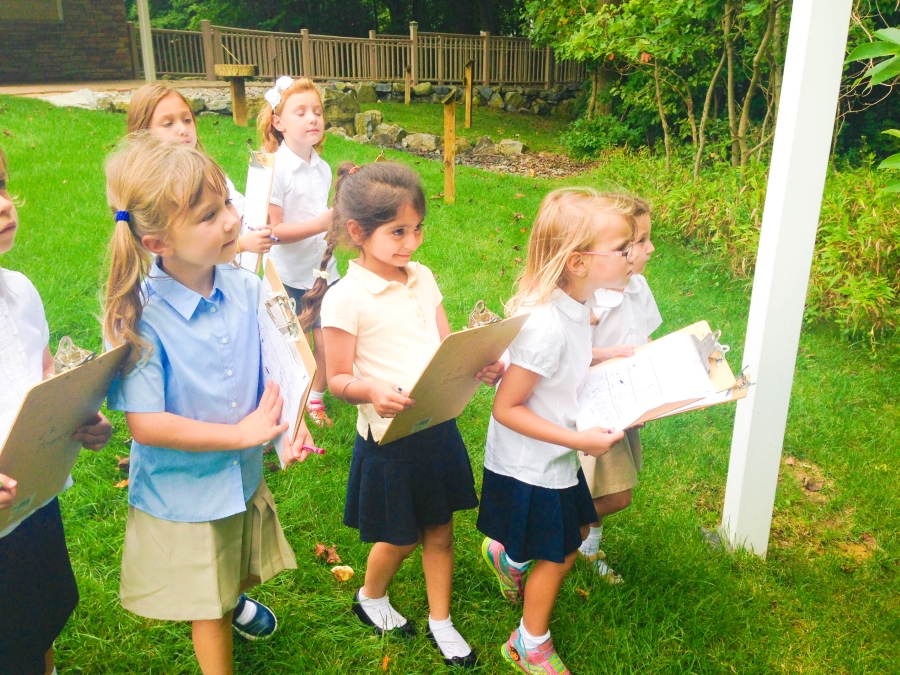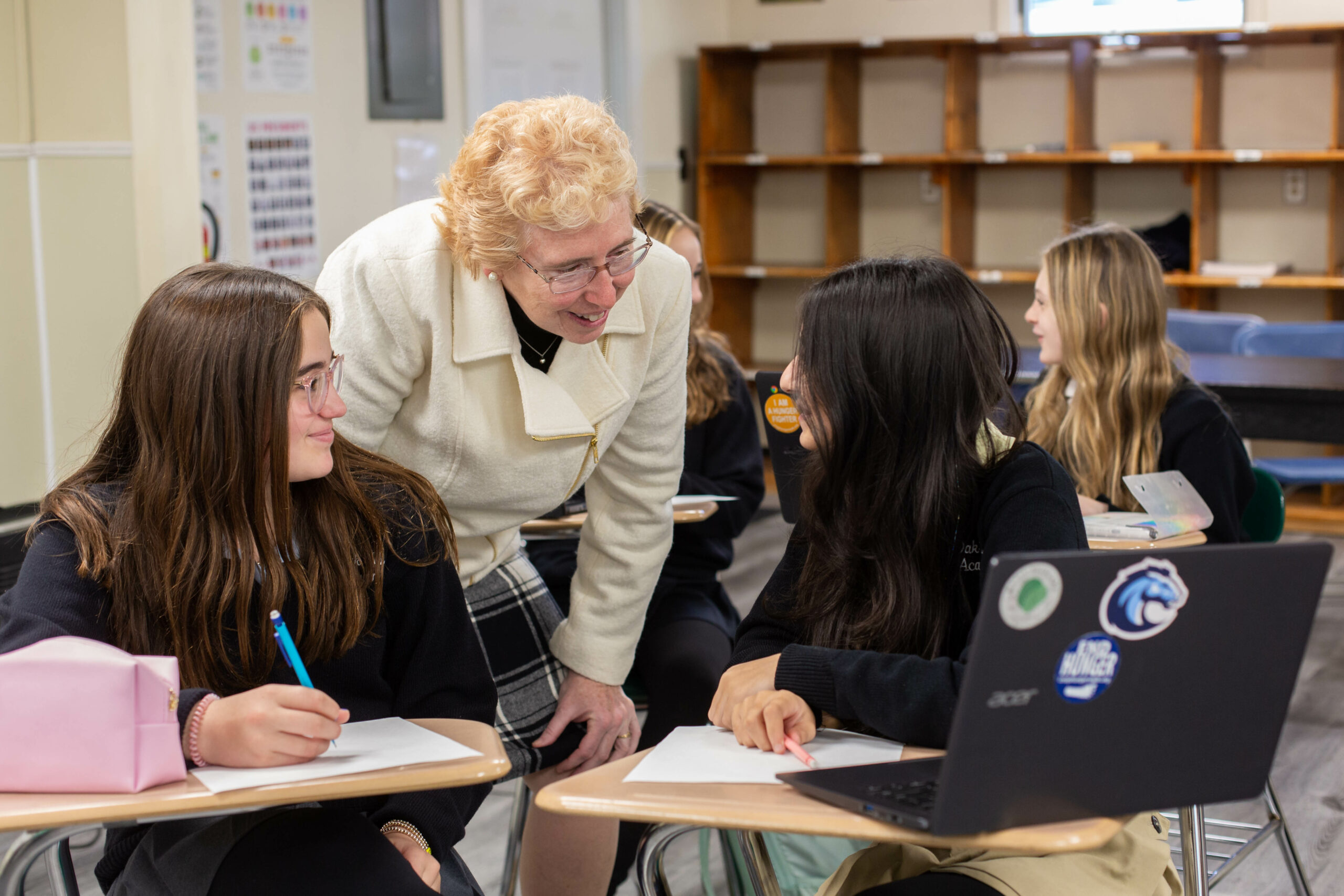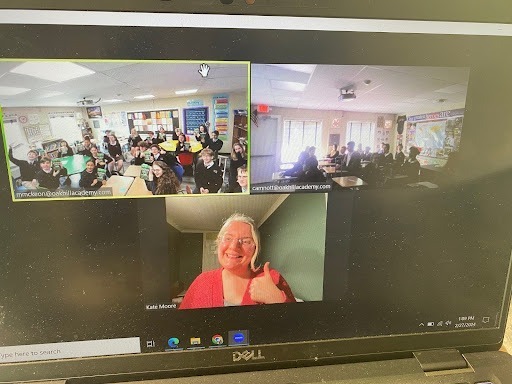Well it all depends on how you look at it! Certainly failure should not be feared. Henry Ford once said, “Failure is simply the opportunity to begin again, this time more intelligently.” We will all have failed one time or another in our lives and our children will also experience some form of defeat as they mature. We must teach our children that not being continuously successful is a fact of life because hidden within every failure is a blessing. Actually, failures teach us more than our successes. It reveals our mistakes and areas that need improvement. It also uncovers our carelessness and unpreparedness. It allows us to be curious and stirs our imagination. It sometimes humbles, but also motivates. Dealing with failure permits our children to take ownership of what they accomplish and, oftentimes, offers proof that maybe they didn’t work hard enough. It is this ability to cope that will allow the elementary student at schools such as Oak Hill Academy to develop into a well-rounded adult.

Even Thomas Edison admitted that it took hundreds of tries to get the light bulb to perform to illuminate the world we live in today. We cannot deny our children this wonderful lesson that failure brings so that they establish the ability to be determined and fight through hardships. They must be allowed to sometimes face the hard truth that they fell short. We must care about our children building up the strength to recognize that sometimes their effort – listening, preparation, concentration, attention to detail, etc. – may not have been good enough.
Opportunity lies in the ability to get up and start all over again. We all want our children to be happy and successful, but often, if students think they’re doing well but they’re not, we crush their will to improve. We give unreliable feedback. It is best to keep the bar high and discourage laziness, however we must also understand that learning is personal and all children should be encouraged to really reach for their own individual goals for success. Measurement must be how they are improving, rather than if they always get the trophy.

Working on a very difficult problem often gives students the opportunity to venture and seek paths that may lead to broader thinking. Along with collaborative learning this “tough problem” approach permits students to share ideas while allowing for mistakes. Careful analysis permits the difficult project to move forward by asking leading questions, such as, “Why did it fail?” “What was flawed?” “What seemed right?” “What’s a good follow-up?” They key to exploring tricky problems is to give it time and to keep a good record of the process with both successes and failures. Setting up this process allows students to apply “plan-do-study-act.” First plan by naming the problem clearly then do by taking an initial step which gives immediate feedback encouraging a study of the results. This gives the opportunity to go back to the concept and discover the error in thinking. While all this action is going on, the process is being refined and clarified using error analysis. One of the benefits to this openness to low-stakes failure is that the student’s thinking continues to broaden and grow. Built in to all of this is the benefit that the effort put into the process continuously activates the student’s mind. So, as it turns out, with the proper approach, yes, failure can be good.







